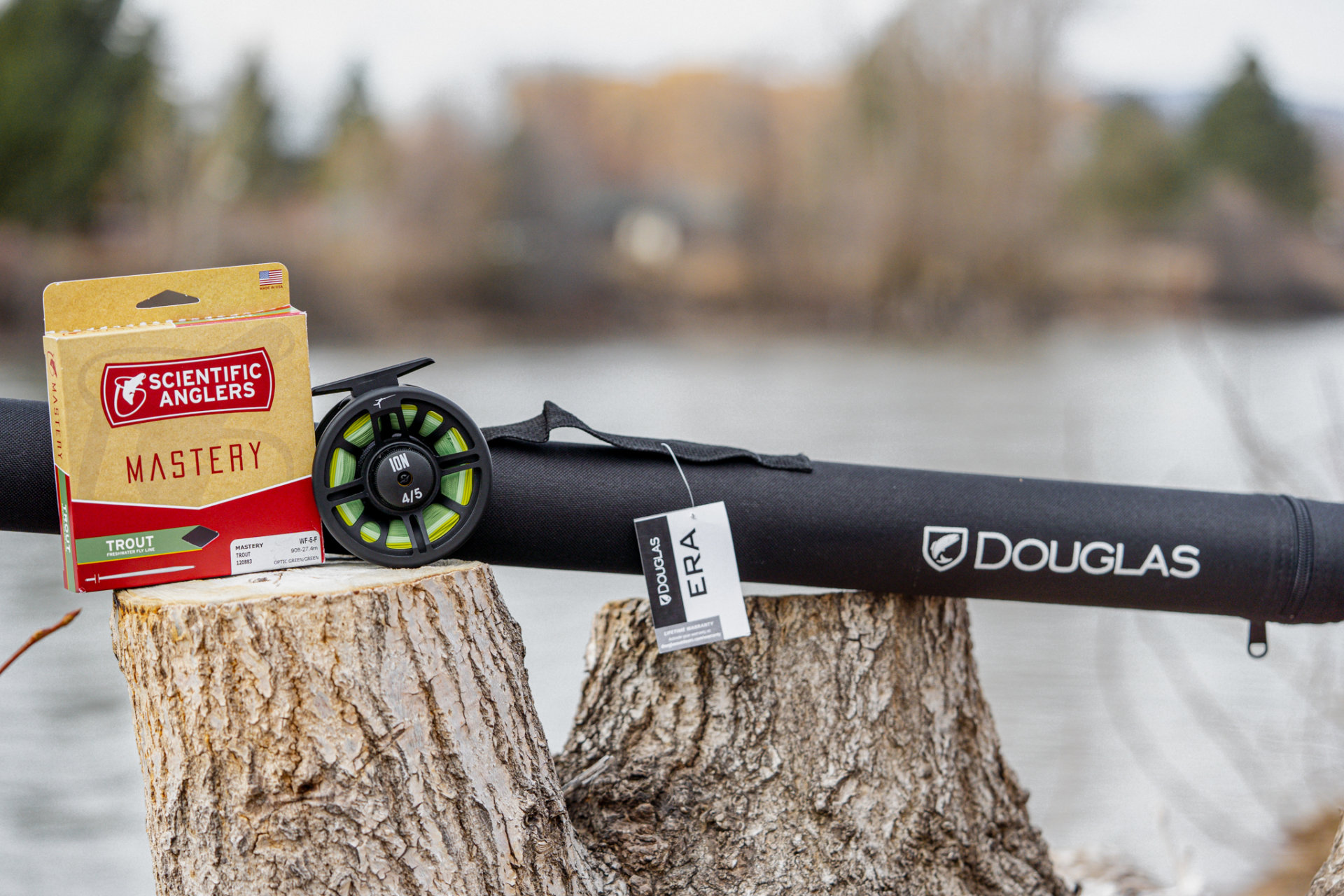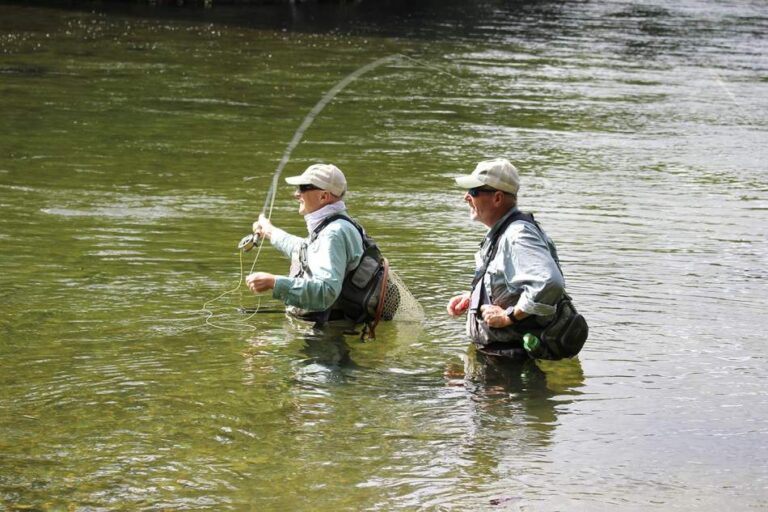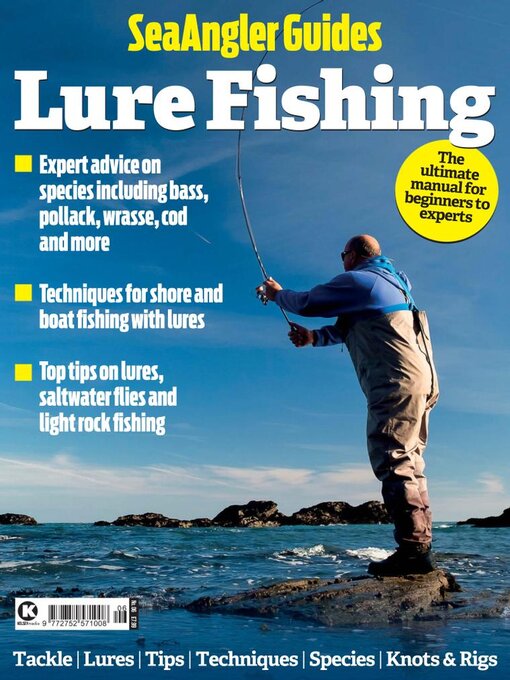Understanding entomology is crucial for successful fly selection. It involves the study of insect species, their habitat, and feeding behaviors to determine the best fly pattern to use.
As an angler, choosing the right fly pattern is one of the most important aspects of fly fishing. Understanding entomology will give you an edge in selecting the right fly pattern for a specific species of fish. It involves observing the insect life at the water’s surface, below it, and on the shoreline.
Analyzing the size, color, and behavior of flies will provide you with a clear idea of which fly pattern to select. In this article, we’ll talk about the different aspects of entomology and how it can be used to choose the perfect fly for your fishing needs.

Credit: www.missoulianangler.com
Understanding Insect Life Cycles: The First Step To Identifying The Perfect Fly
Overview Of Insect Life Cycles
Entomology is the study of insects, and it starts with understanding their life cycles. Insects reproduce sexually; their young hatch from eggs and go through several stages of growth before becoming adults. The stages an insect goes through are egg, larva, pupa, and adult.
The success of fly selection often depends on identifying which stage of life cycle the insects in the water are going through.
Stages In An Insect’S Life Cycle And The Implications For Fly Selection
Each stage of an insect’s life cycle requires a specific type of fly to imitate. Understanding these stages can help you decide which fly will be most effective for fishing. Here is a breakdown of each stage and what it means for fly selection:
- Egg: Eggs are laid on underwater vegetation by adult flies. There is no specific fly pattern for imitating eggs.
- Larva: Larvae are aquatic and live in the water column or on the bottom. They require flies that imitate their shape and movement, such as nymph patterns.
- Pupa: Pupae are the transitional stage of insects, and they emerge from the water to transform into adults. During this stage, flies that imitate pupae, such as emergers, are effective.
- Adult: Adult insects fly above the water’s surface to mate and lay eggs. Dry flies or terrestrial patterns can be effective at imitating adult insects.
Understanding the different stages of an insect’s life cycle is crucial for selecting flies that mimic the insect’s behavior, shape, and size.
Identifying The Insects In A River Ecosystem
Identifying the insects present in a river ecosystem can be challenging, but it is a necessary step towards successful fly selection. Here are a few ways to help identify insects in your local river ecosystem:
- Check for insects on the surface of the water or in nearby vegetation.
- Use an aquatic net to collect and identify insects in the water.
- Observe hatches at different times of day to identify the types of insects emerging.
- Research the types of insects that are known to inhabit the area and their life cycles.
Identifying the insects present in a river ecosystem helps in selecting the appropriate fly patterns you’ll need for your fishing trip. Therefore, it’s essential to do thorough research before heading out to the river.
Analyzing Water Conditions: The Key To Selecting The Right Fly
Understanding Entomology For Successful Fly Selection
Fly fishing is an art of deception. Catching fish requires not only technical skills but also selecting the right fly. It requires a good understanding of insect behavior and life cycle stages. One of the essential aspects of fly selection is analyzing water conditions.
Anglers must understand how different water temperatures, flow rates, and other factors affect aquatic insects’ availability and behavior. In this blog post, we will focus on analyzing water conditions and how it can help in selecting the right fly for successful fishing.
Impact Of Water Temperature And Flow Rate On Insect Behavior And Life Cycle Stages
Water temperature and flow rate are two critical factors that significantly impact insect behavior and life cycle stages. Understanding their impact is key to selecting the right fly for fly fishing. Below are some significant impacts of water temperature and flow rate on insect behavior and life cycle stages:
- Water temperature affects insect hatching time and growth rate. Warmer water temperatures lead to faster growth and hatching of insects, whereas colder water temperatures slow down their growth and hatching process.
- Different insects require different water temperatures to hatch and grow. For example, some insects prefer colder water, while others require warmer water to thrive.
- Flow rate also affects insect behavior and life cycle stages. Fast-flowing water can dislodge insect eggs and make them less available for fish to feed on. Slow-moving water can cause insects to accumulate and become easy targets for fish.
How To Use Water Conditions To Determine Insect Availability And Species
Anglers can determine insect availability and species by observing water conditions. Below are some techniques that can help determine insect availability and species based on water conditions:
- Look for hatching activity: Observe the water and shoreline for any insect hatching activity. Insects typically hatch in swarms, making it easier to identify the species and size.
- Check aquatic vegetation: Inspect aquatic vegetation to determine if it contains any insect life. Different insects require specific vegetation to hatch and grow, making it easier to understand their behavior and availability.
- Check rocks and crevices: Some insects hide under rocks and crevices to avoid predators. Observing these areas can help identify the species and availability of insects.
Matching The Hatch: Techniques For Selecting The Right Fly To Match Specific Aquatic Insect Species
Matching the hatch is a technique where anglers imitate the insects available in the water to catch fish successfully. Selecting the right fly to match specific aquatic insect species is critical for a successful fishing experience. Below are some techniques for selecting the right fly to match specific aquatic insect species:
- Identify the insect species: Observe water conditions, and if possible, collect a sample of insects to identify the species. Understanding the species is essential for selecting the right fly.
- Imitate the life cycle stage: Insects go through various life cycle stages, and fish feed on them differently at each stage. Matching the right life cycle stage of insects is critical in selecting the right fly.
- Match the color and size: Once you’ve identified the species and life cycle stage, choose the fly that closely matches its color and size. Using the wrong color or size fly can quickly turn off fish and make them less likely to feed.
Analyzing water conditions is a critical component of selecting the right fly for fly fishing. Water temperature and flow rate significantly affect insect behavior and life cycle stages; therefore, understanding their impact is essential in determining insect availability and species.
Matching the hatch is a technique that can enhance the angler’s success by imitating the insects available in the water. By applying these techniques, anglers can improve their chances of catching fish successfully.
Conclusion
As a result of understanding entomology, selecting the right fly required for successful fly fishing becomes much easier. The study of insects can give you a great insight into the dietary habits of trout in your favorite fishing spots. The better you understand the local bug life, the more you can tailor the selection of your flies to the specific conditions and patterns of your chosen fishing location.
A thorough understanding of entomology will ultimately lead you to become a better angler as you strive to learn the environment and the insects that thrive in it. Successful fly fishing is a beautiful experience that requires patience, skill, and a good understanding of its intricacies.
So, taking the time to study entomology can give you the edge you need when it comes to catching more fish, and it can make your fly fishing experience even more enjoyable. Keep learning, keep fishing, and enjoy every moment of your fly fishing adventure!





